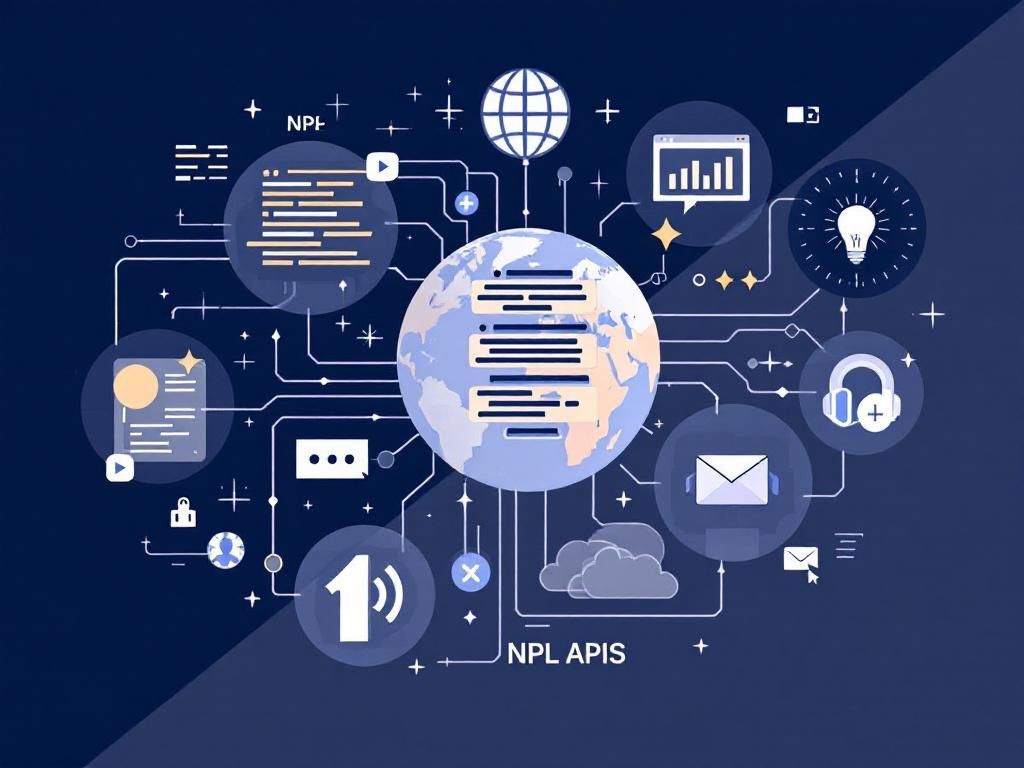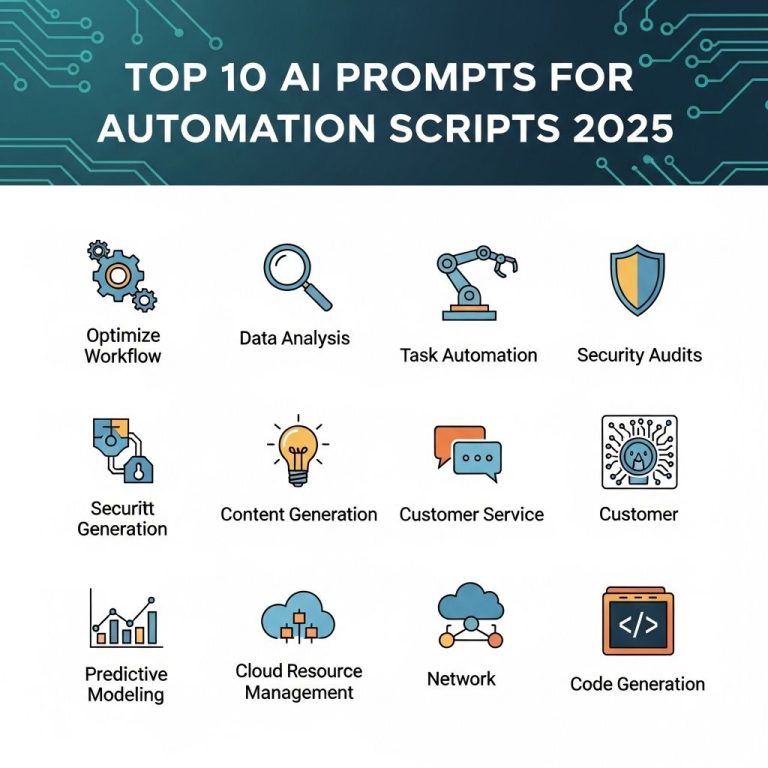Natural Language Processing (NLP) has become an integral part of modern application development, allowing machines to understand and interpret human language in a meaningful way. From chatbots to sentiment analysis, the applications of NLP are diverse and growing rapidly. For developers looking to incorporate NLP capabilities into their applications, utilizing the right APIs is crucial. In this article, we will explore some of the best NLP APIs available today, detailing their features, benefits, and use cases.
What is Natural Language Processing?
NLP is a subfield of artificial intelligence that focuses on the interaction between computers and human languages. It involves several tasks including:
- Text analysis
- Speech recognition
- Sentiment analysis
- Language translation
- Chatbot development
These tasks enable machines to read, understand, and generate human languages, which is crucial for creating user-friendly applications.
Key Features to Consider in NLP APIs
When selecting an NLP API, developers should consider several critical features:
1. Language Support
An API that supports multiple languages is preferable, especially for applications with global audiences.
2. Accuracy
Look for APIs with high accuracy rates in tasks like sentiment analysis, entity recognition, and text classification.
3. Ease of Integration
The API should be easy to integrate into existing systems and workflows.
4. Documentation and Community Support
Comprehensive documentation and an active user community can significantly enhance the developer experience.
Top NLP APIs for Developers
1. Google Cloud Natural Language API
The Google Cloud Natural Language API provides powerful tools for analyzing text and extracting insights. Its capabilities include:
- Entity recognition
- Sentiment analysis
- Syntax analysis
- Content classification
It supports multiple languages and easily integrates with other Google Cloud services, making it a robust choice for developers.
2. IBM Watson Natural Language Understanding
IBM Watson offers a suite of AI tools, among which the Natural Language Understanding API stands out. Key features include:
- Emotion analysis
- Sentiment analysis
- Keyword extraction
- Concept extraction
This API is particularly useful for businesses looking to gain insights from customer feedback and social media.
3. Microsoft Azure Text Analytics API
Part of the Azure Cognitive Services, the Text Analytics API offers a range of NLP features:
- Sentiment analysis
- Language detection
- Key phrase extraction
- Named entity recognition
Azure’s API is easy to use and integrates seamlessly with other Microsoft services.
4. Amazon Comprehend
Amazon Comprehend is a natural language processing service that uses machine learning to uncover insights in text. Key features include:
- Entity recognition
- Sentiment analysis
- Topic modeling
- Custom classification
Its ability to analyze text in real-time can be particularly beneficial for applications requiring immediate feedback.
5. SpaCy
SpaCy is an open-source library for advanced NLP in Python. While it is not an API in the traditional sense, it offers a range of tools for developers, including:
- Tokenization
- Named entity recognition
- Part-of-speech tagging
- Dependency parsing
Its extensive documentation and community support make SpaCy a favorite among developers who prefer a more hands-on approach.
Comparative Table of NLP APIs
| API | Key Features | Pricing |
|---|---|---|
| Google Cloud NLP | Entity recognition, Sentiment analysis | Pay-as-you-go |
| IBM Watson NLU | Emotion analysis, Keyword extraction | Tiered pricing |
| Microsoft Azure Text Analytics | Sentiment analysis, Language detection | Free tier available |
| Amazon Comprehend | Topic modeling, Custom classification | Pay-as-you-go |
| SpaCy | Tokenization, Dependency parsing | Free (Open source) |
Use Cases for NLP APIs
Implementing NLP APIs can lead to innovative applications across various domains:
1. Customer Support
Integrating chatbots powered by NLP can enhance customer service by providing instant responses to queries.
2. Content Analysis
NLP can be used to analyze large volumes of text data, extracting insights for marketing and strategic planning.
3. Sentiment Analysis
Businesses can monitor public sentiment on social media and reviews, helping in reputation management.
4. Language Translation
NLP APIs facilitate real-time translation, enabling communication across different languages.
Conclusion
With the proliferation of data and the increasing demand for automation, NLP APIs are becoming essential tools for developers. By leveraging these APIs, developers can create applications that understand and interact with users in a human-like manner. Whether you choose a commercial solution or an open-source library, the key is to select an API that aligns with your project’s specific needs and goals.
FAQ
What are NLP APIs?
NLP APIs are application programming interfaces that allow developers to integrate natural language processing capabilities into their applications, enabling them to understand, interpret, and manipulate human language.
Why should developers use NLP APIs?
Developers should use NLP APIs to enhance their applications with advanced language understanding, sentiment analysis, text classification, and conversational interfaces, improving user experience and engagement.
What are some of the best NLP APIs available?
Some of the best NLP APIs include Google Cloud Natural Language API, IBM Watson Natural Language Understanding, Microsoft Azure Text Analytics, and OpenAI’s GPT-3.
How can NLP APIs improve business processes?
NLP APIs can streamline business processes by automating customer support, sentiment analysis of feedback, content generation, and improving search functionalities through enhanced language understanding.
Are NLP APIs easy to integrate into existing applications?
Yes, most NLP APIs are designed to be developer-friendly with comprehensive documentation, making integration into existing applications straightforward.
What programming languages are commonly used with NLP APIs?
NLP APIs can be used with various programming languages including Python, Java, JavaScript, and Ruby, as they typically offer RESTful interfaces or SDKs for different languages.




